Here is an example of my problem.

I model my graph with QuickGraph library (adjacencyGraph).
I want to find one most expensive (highest) distance/path, eg A > D > H > J or A > D > H > K
I would greatly appreciate any help. Thanks.
Here is an example of my problem.

I model my graph with QuickGraph library (adjacencyGraph).
I want to find one most expensive (highest) distance/path, eg A > D > H > J or A > D > H > K
I would greatly appreciate any help. Thanks.
Unless you know other properties about the graph you have, and assuming there are no loops you can do a simple depth first search (this is probably faster than a breadth first search because you only need a single result).
I found a solution. I multiply the cost of weights by -1 and I use Bellman Ford Shortest Path Algorithm to find the single source shorteset path (Ref : QuickGraph Shortest Path). This way I find the maximum path
Here is C# source code
public AdjacencyGraph<string, Edge<string>> Graph { get; private set; }
public Dictionary<Edge<string>, double> EdgeCost { get; private set; }
......
public void FindPath(string @from = "START", string @to = "END")
{
Func<Edge<string>, double> edgeCost = AlgorithmExtensions.GetIndexer(EdgeCost);
// Positive or negative weights
TryFunc<string, System.Collections.Generic.IEnumerable<Edge<string>>> tryGetPath = Graph.ShortestPathsBellmanFord(edgeCost, @from);
IEnumerable<Edge<string>> path;
if (tryGetPath(@to, out path))
{
Console.Write("Path found from {0} to {1}: {0}", @from, @to);
foreach (var e in path) { Console.Write(" > {0}", e.Target); }
Console.WriteLine();
}
else { Console.WriteLine("No path found from {0} to {1}."); }
}